50+ SAMPLE Plan Checklist
-
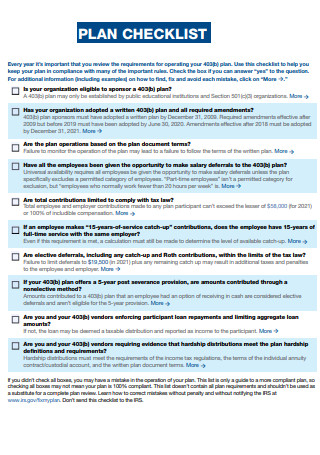
Plan Checklist
download now -
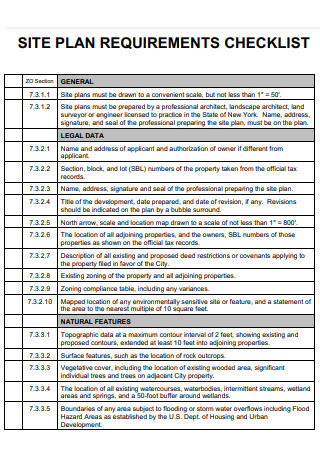
Site Plan Requirement Checklist
download now -
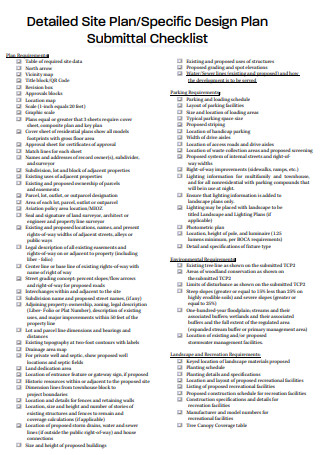
Design Plan Submittal Checklist
download now -

Development Plan Complete Application Checklist
download now -
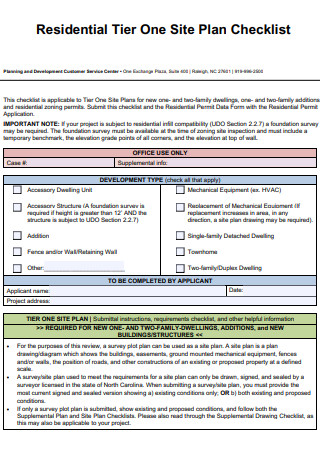
Residential Tier One Site Plan Checklist
download now -
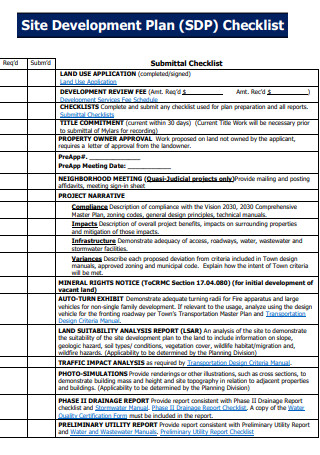
Site Development Plan Checklist
download now -
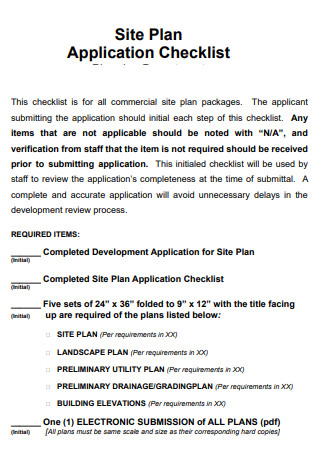
Site Plan Application Checklist
download now -
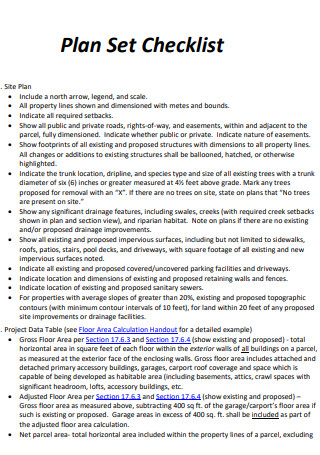
Plan Set Checklist
download now -
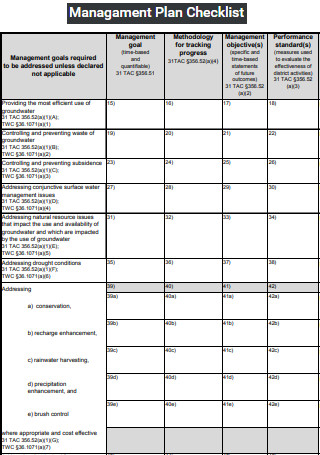
Management Plan Checklist
download now -
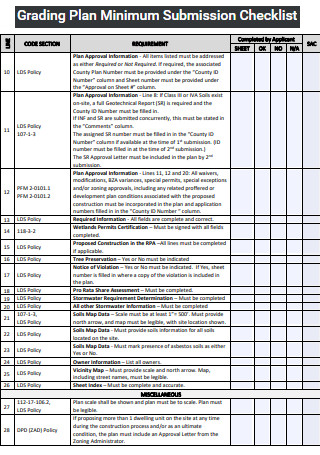
Grading Plan Minimum Submission Checklist
download now -
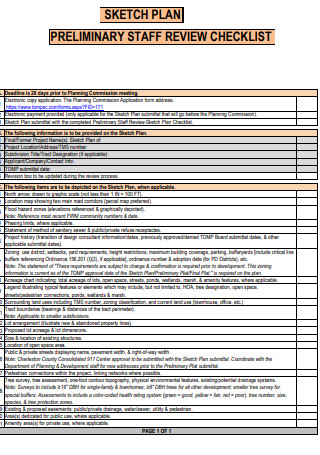
Sketch Plan Checklist
download now -

Conceptual Site Plan Development Checklist
download now -

Concept Plan Checklist
download now -
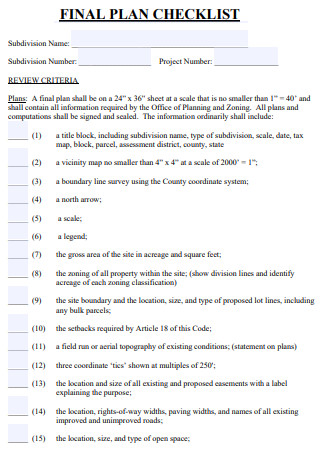
Final Plan Checklist
download now -
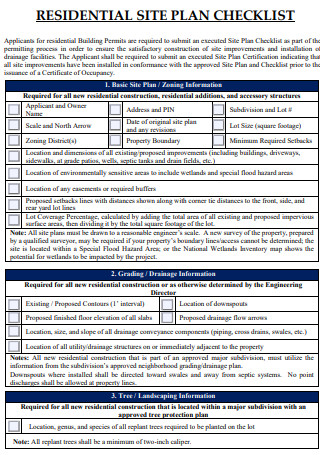
Residential Site Plan checklist
download now -
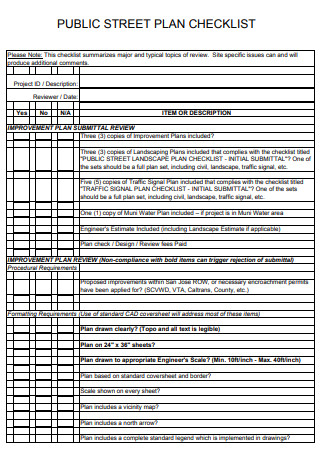
Public Street Plan checklist
download now -
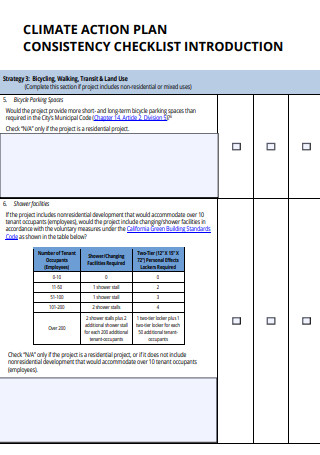
Climate Action Plan checklist
download now -
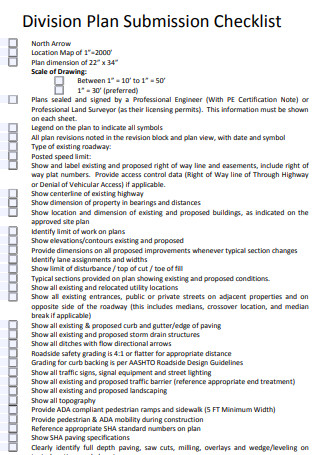
Division Plan Submission Checklist
download now -

Construction Plan Checklist
download now -
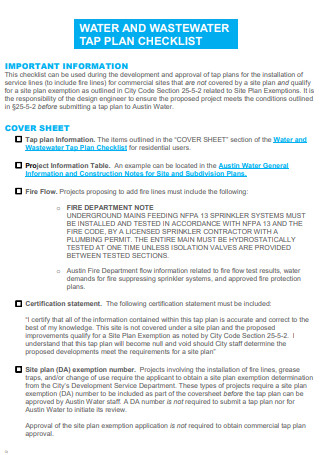
Wastewater Plan Checklist
download now -
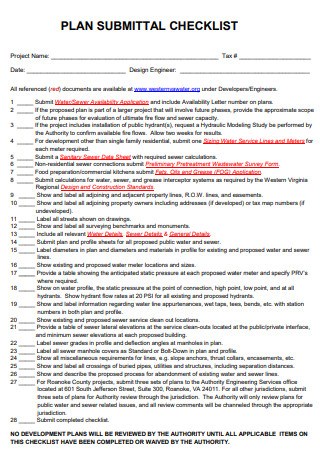
Plan Submittal Checklist
download now -
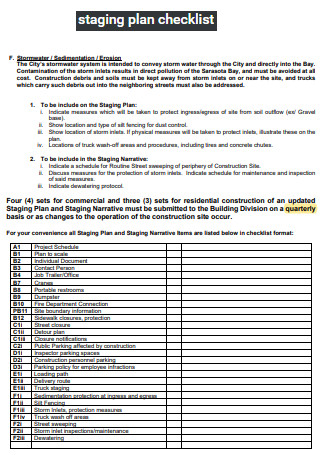
Staging Plan Checklist
download now -
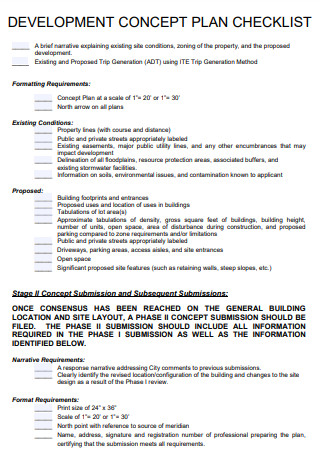
Development Concept Plan Checklist
download now -
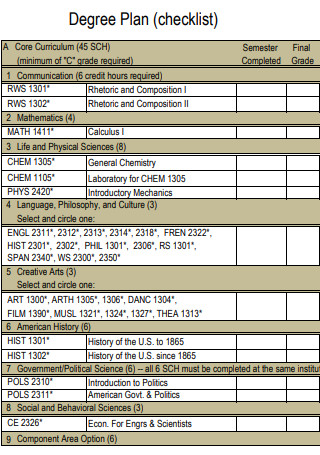
Degree Plan Checklist
download now -
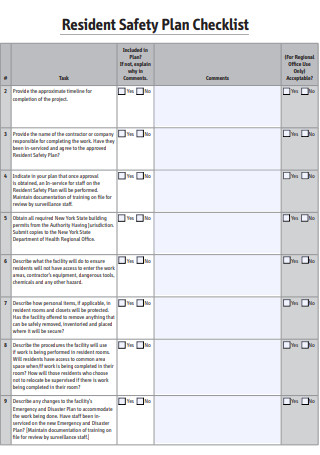
Resident Safety Plan Checklist
download now -
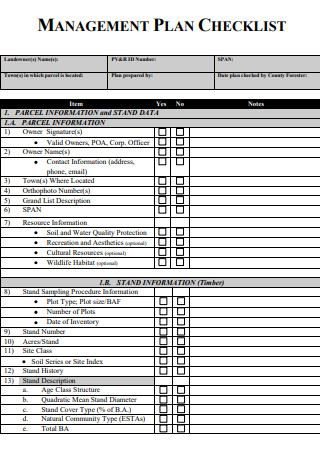
Management Plan Checklist
download now -
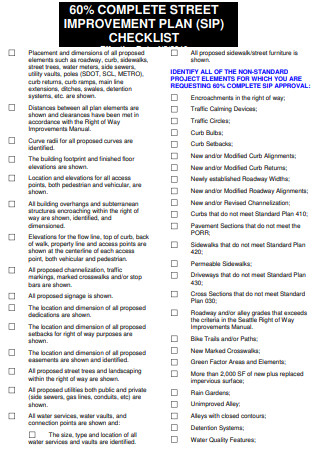
Complete Street Improvement Plan Checklist
download now -
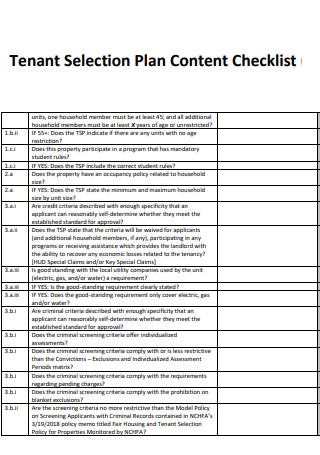
Tenant Selection Plan Content Checklist
download now -

Plan Submission Checklist
download now -
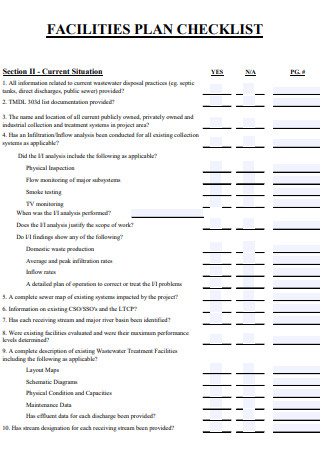
Facility Plan Checklist
download now -
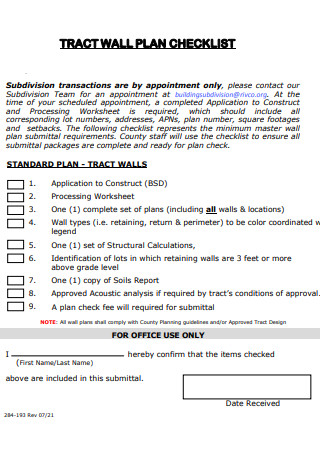
Tract Wall Plan Checklist
download now -
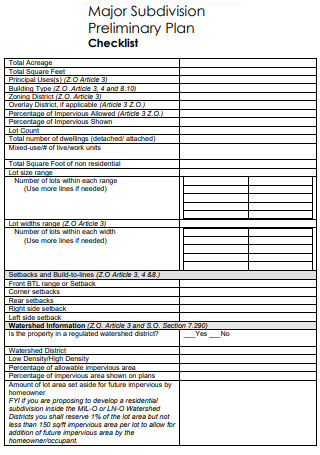
Major Subdivision Preliminary Plan Checklist
download now -
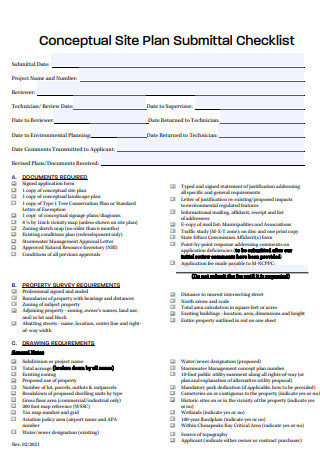
Conceptual Site Plan Submittal Checklist
download now -
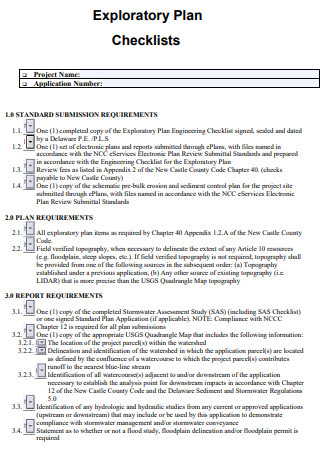
Exploratory Plan Checklist
download now -
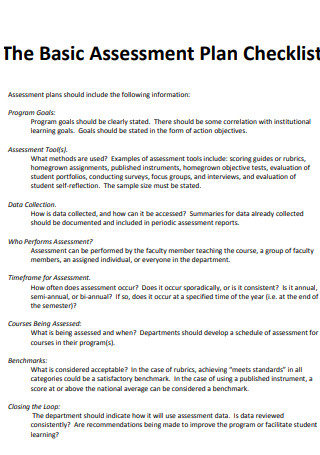
Basic Assessment Plan Checklist
download now -

Engineering Plan Checklist
download now -
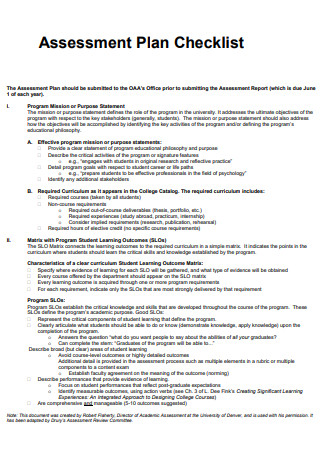
Assessment Plan Checklist
download now -
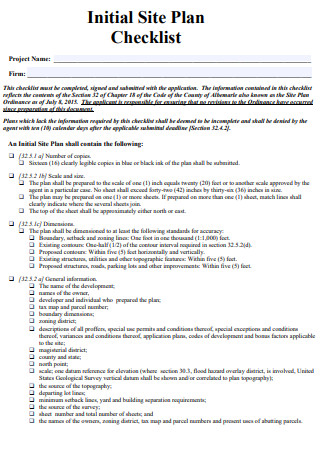
Initial Site Plan Checklist
download now -
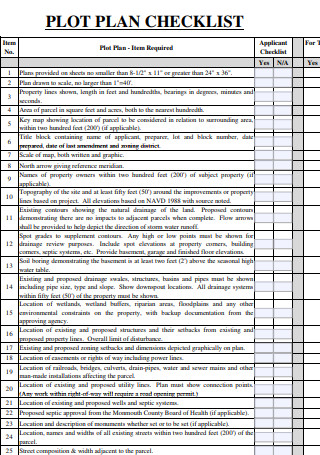
Plot Plan Checklist
download now -
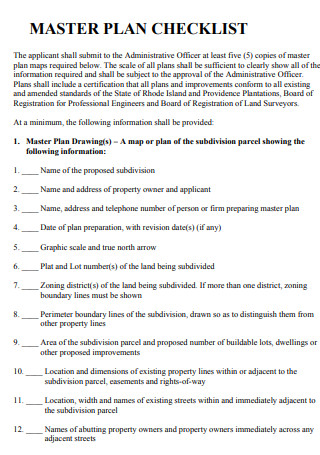
Master Plan Checklist
download now -
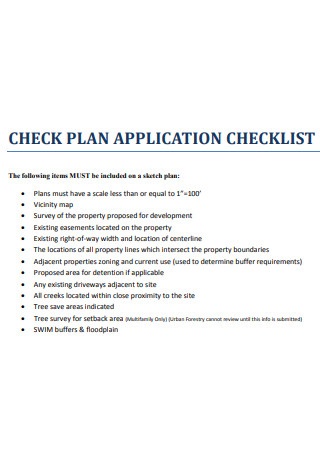
Check Plan Application Checklist
download now -

Paving Plan Review Checklist
download now -
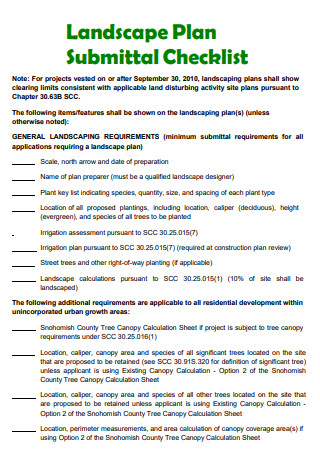
Landscape Plan Submittal Checklist
download now -

Implementation Plan Checklist
download now -
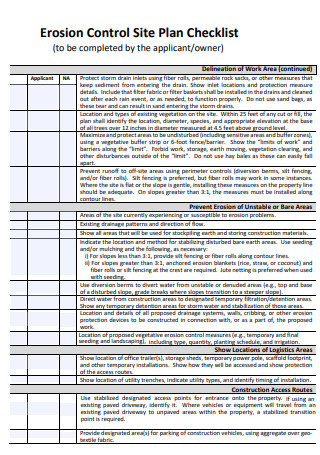
Erosion Control Site Plan Checklist
download now -
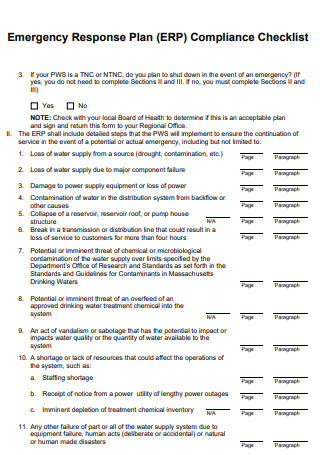
Emergency Response Plan Compliance Checklist
download now -
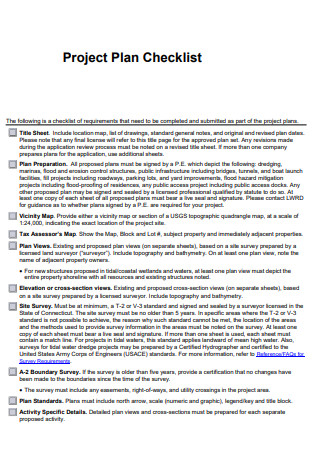
Project Plan Checklist
download now -
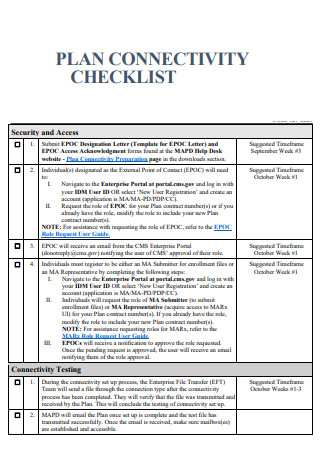
Plan Connectivity Checklist
download now -
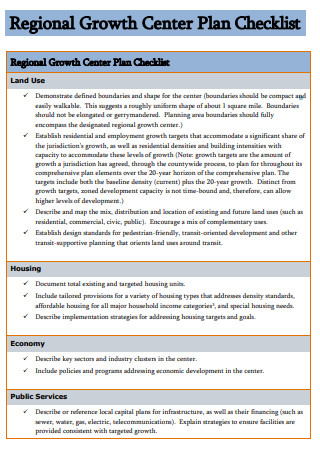
Regional Growth Center Plan Checklist
download now -
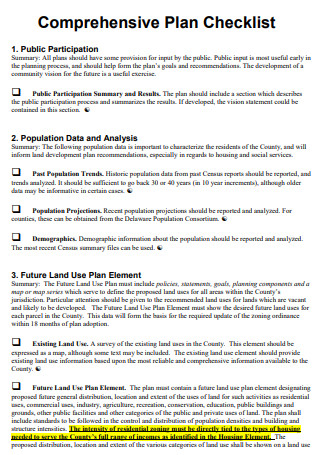
Comprehensive Plan Checklist
download now -
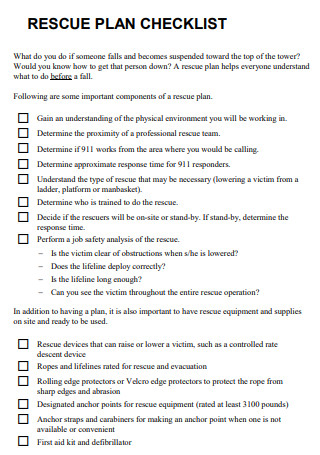
Rescue Plan Checklist
download now
What Is a Plan?
A plan is typically any graph or list of stages, complete with specifics about schedule and resources, used to accomplish a task. It is generally viewed as a temporal sequence of deliberate acts meant to achieve a purpose. According to statistics, a company plan increases the likelihood of growth by 30%. There is evidence that a well-executed business strategy results in increased business success.
Benefits of Planning
The principle is clear: preparation enables you to accomplish more while leaving more time for fun. But how precisely, and which method is more effective: paper planning or digital apps? The actual question is, why limit yourself to one? While there are obvious benefits to using digital planning tools, such as cloud storage and coordinating multiple real-time updates, there are also numerous hidden benefits to planning, such as increasing your cognitive processes and mood. The ultimate beauty is that digital and paper planning complement one another, allowing you to get the advantages of both while living your most successful life. Regardless of how you want to plan, continue reading to learn how to maximize your time!
Tips On Having an Effective Planning
Many people are questioning themselves, “How can I earn a bit more time each day so that I can get more things done?” This is accurate not only for our private life but also for the strategic objectives set at work. The majority of firms strive to increase productivity through good planning. However, proper planning is challenging to grasp, and it can be challenging to know where to begin. We’ve compiled our experiences from customer dialogues and compiled five suggestions that we recommend enterprises keep in mind while considering new initiatives.
-
1. Prepare for the Future
Organizational workflows are frequently complex, and time is wasted unnecessarily attempting to systematize daily and weekly operations. However, having a year-end overview is necessary to guarantee that it meets its productivity targets. By making a long-term strategy, you may avoid the daily challenges of determining which project is the most suited for you to work on. This makes it easy to see the large picture and decide which minor efforts will help you get closer to your objectives. Remember to build a structure for both activities and goals and follow up on them regularly.
2. Everyone should be a part of the planning process.
The planning processes are extensive and include scheduling, distributing roles, and ongoing coordination. Are these handled by a few employees in the company and a lot of money is wasted unnecessarily? If the personal perspective isn’t taken into account, this can be a source of stress for both the administrator, who frequently has a lot of other things to accomplish, and the rest of the staff. This could lead to a situation where you cannot agree on the activities.
3. To Plan Effectively, Use An Intuitive Tool
Organizations are clamoring for more time, and many are turning to technologies to help them do so. The proper solution can aid more collaboration and transparency. The answer should be straightforward to guarantee that employees are inspired to use a digital tool. We suggest digital technologies that strike a balance between functionality and usability. Remember that everyone should utilize it; thus, tutorials and descriptions of the functions are essential.
4. All Activities in One Structure
This advice is related to the last one and involves a vital component of the digital solution just stated. The tool should provide you with a clear picture of the year’s plans at a glance, as this is a must for good planning. It can be challenging to obtain the big picture when getting a comprehensive view isn’t possible right away. Wouldn’t it be fantastic if you didn’t need to compare pages after pages? It’s worth noting that this is an area where you can save some time.
5. Automation
The final point to consider is the time saved by automating operations. This might happen, for example, by scheduling customer emails or marketing campaigns to be sent out automatically. Another idea is to employ a tool that allows you to send out pre-event notices to your colleagues.
How To Conduct a Planning Process
The planning function of management is critical. It entails establishing its objectives and managing the resources necessary to accomplish those objectives. As you can expect, it’s a systematic procedure comprised of seven well-thought-out processes. Consider the planning procedure.
-
1. Recognizing the Importance of Action
A critical component of the planning strategy is being aware of business prospects in both the external and internal environment of the firm. Once such opportunities are identified, managers can determine the steps necessary to actualize them. A realistic assessment of these new opportunities must be made, as well as a SWOT analysis. Consider the government’s intention to promote cottage industry in semi-urban areas.
2. Establishing Objectives
This is the second and most critical step in the planning process. Here, we define the organization’s overall objectives and particular departments. While organizational goals provide a broad direction, departmental objectives will be more specific and planned. Long-term and short-term objectives are both acceptable. They specify the desired outcome for the business. Thus, managers’ aims will filter down and guide and push staff on the right path.
3. Creating Premises
While planning is usually done with the future in mind, the future is inherently uncertain. As a result, certain assumptions will have to be made in the management function. These are the premises. These assumptions are made through forecasts, existing plans, and prior policies. Additionally, these planning facilities are classified as internal or exterior. External beliefs encompass the political environment, social environment, technological advancement, competitiveness, and government policies. These assumptions should be consistent throughout the organization. All managers should be aware of and agree with these premises.
4. Alternatives Identification
The fourth phase in the planning process determines the managers’ alternatives. There is no single approach to accomplish the firm’s aims; numerous options exist. All of these possible paths of action should be identified. The management must have options. Perhaps he opts for a novel method in the hope of achieving more efficient results. If he is unwilling to experiment, he will follow the more conventional course of action. The difficulty with this stage is not identifying alternatives but reducing them down to a manageable number of options that can all be thoroughly analyzed.
5. Examining Alternatives to the Standard Course of Action
The following phase in the planning process is to review and thoroughly investigate each alternate plan. Each choice will be subjected to a thorough assessment, with all of its advantages and disadvantages weighed. Alternative strategies must be considered against the organization’s objectives. For instance, suppose the document includes a financial plan. Then, in that situation, a risk-reward analysis will be conducted. The strategy is thoroughly calculated and analyzed to ensure that it can reach the objectives most effectively and efficiently feasible.
6. Choosing an Alternative
Finally, we get at the stage of decision-making in the planning process. The most viable and most pleasing plan will be chosen for implementation. The optimal strategy is the most profitable with the fewest adverse outcomes and adaptive to changing circumstances. The selection is based on scientific study and mathematical computations. However, the manager’s intuition and expertise should play a significant role in this decision. Occasionally, several different components of various plans are blended to create the optimal strategy.
7. Developing a Supporting Plan and Enacting the Plan
Once a strategy has been selected for implementation, managers must develop one or more supporting plans. These auxiliary plans aid in the execution of the preliminary plan. For instance, efforts to hire additional staff, train existing staff, and expand the office are all supporting plans for the primary goal of introducing a new product. Thus, all of these subsidiary plans are integrated into the direct method. Finally, we reach the final stage of the planning process: plan implementation. This is when all other management functions kick in, and the plan is implemented to accomplish the organization’s objectives. The instruments required for this implementation include many forms of plans—procedures, policies, budget plans, rules, and standards, among others.
FAQs
What is included in an event checklist?
The critical components of an event checklist are the following: date, location, type of event, objectives, and budget. Once these are established, the other details can accommodate the significant components.
What is the process of plan formulation?
Establishing planning objectives, evaluating management measures that satisfy these objectives, developing potential alternatives that meet the goals, screening out plans based on comparative criteria, and identifying implementation plans are all part of the plan formation process. According to research, it aids us in precisely defining our objectives. It forces us to explain clearly and concretely what we need to accomplish to have the desired impact on society. Incorporating everyone in the planning process ensures that we all understand our goal and need to achieve it.
What constitutes an effective strategic plan?
Long-term goals should be mapped to goals and concrete activities, and strategies should encourage new thinking and foresee and minimize potential hazards. Strategic plans are generally 3-5 years in length, and any specific goal inside the organization may have its plan.
Neither goals nor objectives need to be formal documents. They may exist solely in the manager’s thinking in tiny firms. However, study and experience have demonstrated that planning benefits an organization significantly, whether through formal procedures or informal intuition. However, when plans become the end in itself rather than a means to an end, they can negatively affect the organization. If you’re creating your plan checklist, you can utilize one of the provided daily planner or checklist templates to make it appear presentable and orderly.
